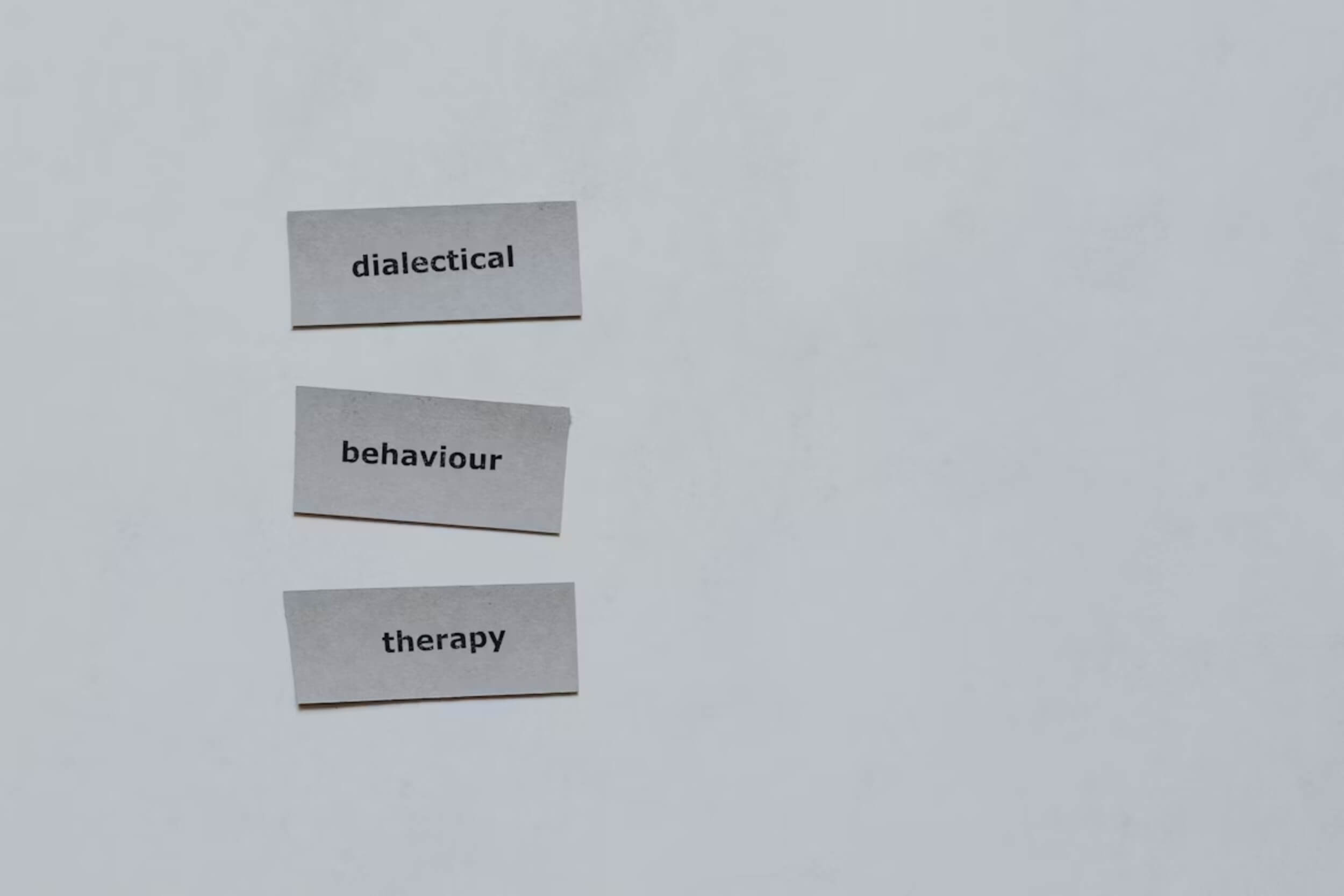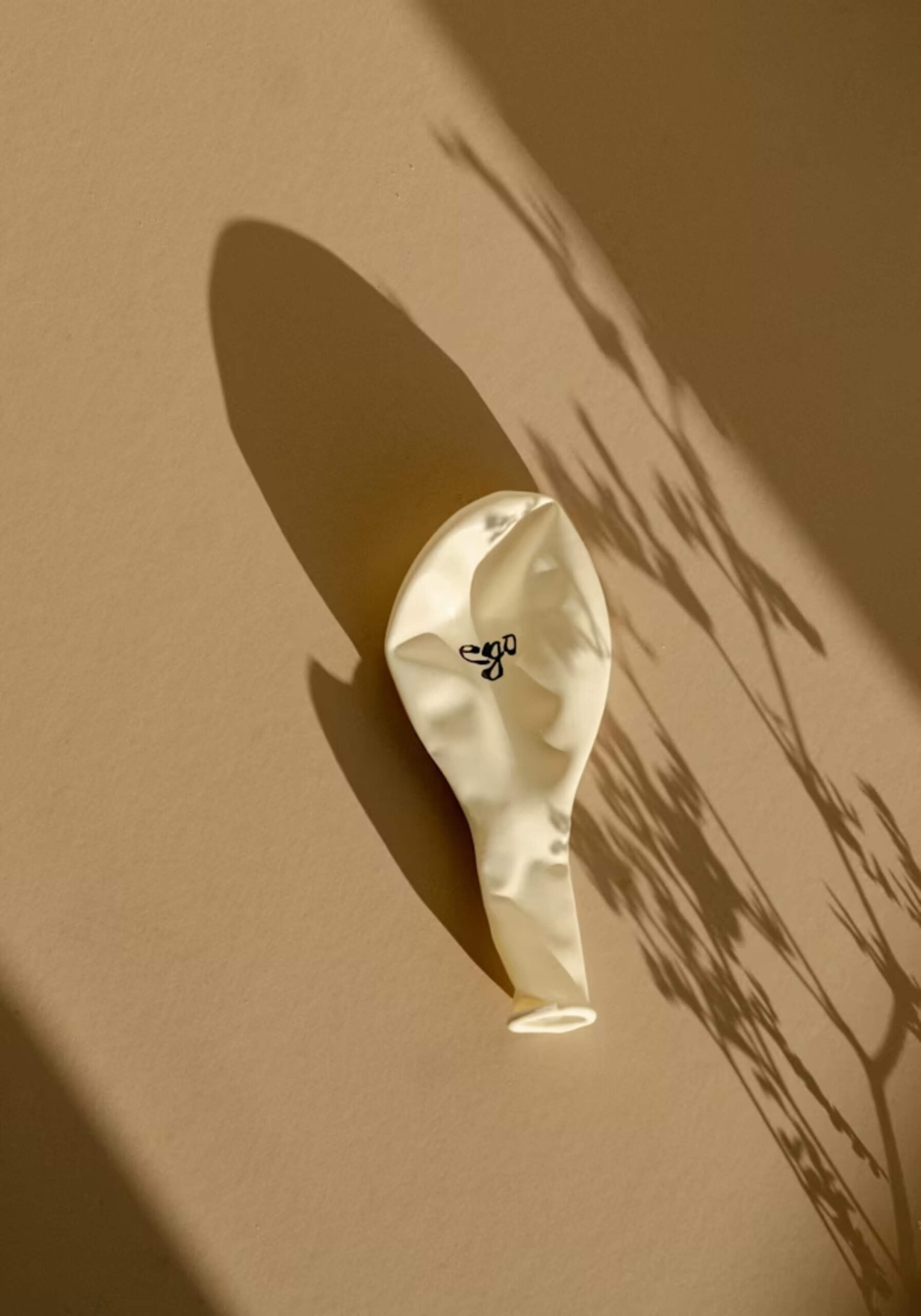Most of your day runs on auto-pilot, even if it feels like you’re choosing every move on purpose. Studies suggest that around 40% of what people do each day is made up of habits, not fresh decisions. Think about how you brush your teeth, check your phone, or snack at the same time without really thinking. Without noticing, these small repeated actions shape your health, mood, money, and even your relationships.
Across the world, behavioral science experts study why some habits stick with almost no effort while others fall apart fast. For years, they have tested what actually works in real life instead of relying on catchy “motivation” quotes. Some of their best work shows that tiny changes, clear cues, and smart rewards can quietly rewire daily behavior.
Here, you’ll see methods based on neuroscience, psychology, and solid behavior-change research, not quick hacks. Before looking at specific techniques, we first need a clear picture of what the brain is doing when a habit forms.
The Science Behind Habit Formation
Habits are the brain’s way of saving energy. Instead of making fresh decisions all day, your brain stores repeated actions so they can run automatically. Behavioral science experts explain that these mental shortcuts make daily life easier, helping you move through routines without using too much focus or willpower.
How the Habit Loop Works
Every habit follows a simple formula known as the Cue → Routine → Reward cycle, described by author Charles Duhigg.
Here’s how it plays out:
- Cue: A trigger starts the process — maybe you feel tired or stressed.
- Routine: You perform an action, like checking your phone or grabbing a snack.
- Reward: You get relief, comfort, or pleasure.
Each time this loop repeats, the connection in your brain gets stronger. The basal ganglia, a deep part of the brain, records the behavior and starts running it on autopilot. Eventually, the action happens with little thought — it’s now a habit.
What the Brain Does During Habit Formation
When you try something new, your prefrontal cortex (the decision-making part) works hard to stay focused. But over time, brain scans show that this area becomes less active while the basal ganglia takes over. Scientists call this automaticity — when the brain performs tasks without conscious effort. That’s why you don’t have to think about tying your shoes or brushing your teeth — it just happens.
Why Breaking Habits Feels So Hard
Dopamine, the brain’s “feel-good” chemical, keeps the habit loop running. Every time you get a small reward, your brain remembers it and craves that same feeling again. Habits tied to emotions — like comfort eating when sad or scrolling when bored — are especially sticky.
Once you see habits as brain wiring rather than weakness, they become easier to change. According to behavioral science experts, knowing what’s happening in your brain gives you the upper hand in building new, healthier patterns.
Research-Backed Techniques for Building Lasting Habits
Behavioral science experts have tested countless ways to help people stick to good habits. The best ones don’t rely on motivation but on structure, repetition, and simplicity. Here are proven methods to help new habits take root.
1. Start Small — The Power of Micro Habits
Big goals sound exciting, but small steps actually get results. This idea comes from the Kaizen principle, which focuses on tiny, steady improvements — like being just 1% better each day. Studies show people are more consistent when the task feels simple.
Examples include:
- Flossing one tooth instead of all.
- Doing one push-up before bed.
- Walking for five minutes after lunch.
Micro habits remove the pressure of perfection and build real progress over time.
2. Use Habit Stacking for Effortless Consistency
Attaching a new habit to something you already do helps it stick faster. BJ Fogg’s Tiny Habits method suggests linking routines together, such as:
- “After I brush my teeth, I’ll meditate for one minute.”
- “After I pour my coffee, I’ll write down one goal for the day.”
When you connect habits this way, your brain uses existing cues to anchor the new routine.
3. Design Your Environment for Success
Behavioral science experts highlight choice architecture, which means shaping your surroundings so healthy habits are the easiest option.
Try these quick changes:
- Keep a water bottle on your desk to remind you to stay hydrated.
- Store healthy snacks where you can see them.
- Place workout shoes near the door as a cue to move.
Small tweaks in your space remove friction and encourage better behavior naturally.
4. Reward Yourself Strategically
Positive reinforcement is a classic concept in behavioral science. Rewards strengthen the link between cue and action.
- Celebrate small wins — cross tasks off a list, listen to a favorite song, or enjoy a quiet moment of pride.
- The reward must be immediate, not delayed. The quicker the brain feels the payoff, the stronger the habit grows.
5. Track and Measure Progress
Monitoring habits keeps you aware and accountable. Write down what you complete or use a simple app.
- Seeing streaks or checkmarks builds motivation.
- Data turns effort into something visible and measurable.
When combined — small steps, stacking, supportive environments, and rewards — these strategies help habits form faster and last longer.
Recognizing and Replacing Unhealthy Habits
Before creating better habits, you have to understand the ones holding you back. Behavioral science experts say that trying to fight bad habits rarely works; replacing them is far more effective.
Identify the Cue, Not Just the Behavior
Most unwanted habits start with a trigger — an emotion, place, or time. Common cues include stress, boredom, or loneliness. Track what’s happening before your behavior starts. You might notice that certain moods or environments bring out specific patterns.
Replace, Don’t Resist
Instead of forcing yourself to stop, swap the behavior for something that meets the same need. For example:
- Feeling anxious? Go for a short walk instead of scrolling online.
- Feeling drained? Drink water or stretch instead of reaching for junk food.
Research shows replacement works better than pure willpower because it retrains your brain with a new routine.
Practice Mindful Interruption
When you catch an urge, pause for a moment and notice it. Saying “I feel the craving” creates space between you and the action. That moment of awareness weakens automatic habits and builds control over time.
Plan for Slip-Ups
No one changes overnight. Relapse is part of growth. When you slip, reflect instead of judging yourself. Ask, “What triggered this?” Adjust your cues or environment accordingly. As behavioral science experts often remind people, success comes from patience, not punishment.
Why Habits Beat Willpower Every Time
Willpower burns out, but habits keep going. Behavioral science experts have proven that structured systems are stronger than short bursts of motivation.
The Limits of Willpower
Psychologist Kelly McGonigal’s studies show that self-control is like a muscle — it tires out after constant use. When you’re hungry, stressed, or exhausted, it’s harder to stay disciplined. That’s why good intentions fade by evening.
Why Systems Succeed
Strong habits reduce the need for daily decision-making. The brain shifts control from the prefrontal cortex to the basal ganglia, meaning less effort and more automatic action. When routines are planned — like setting a time to read or prepare meals — you remove choice fatigue and free up mental space.
The Stress Factor
Stress directly affects self-control. When cortisol spikes, your brain looks for comfort, not discipline. Creating low-effort habits — laying out clothes the night before, setting reminders, or simplifying choices — helps protect your focus for what truly matters.
Once a routine becomes automatic, you no longer depend on willpower to stay consistent.
The Hidden Influences Behind Habit Formation
So much of your behavior is shaped by factors you don’t even notice. Behavioral science experts say emotions, people, timing, and identity all quietly steer your habits each day.
1. Emotional Drivers
Emotions fuel repetition.
- Stress, boredom, or sadness often lead to bad habits like overeating or procrastinating.
- Joy, pride, and excitement make positive habits stronger.
If you can tie positive emotions to good routines, your brain will crave them naturally.
2. Social Circles and Modeling
Who you spend time with shapes your behavior more than you think.
- People mirror the actions of those around them — known as “social modeling.”
- Surround yourself with people who encourage growth, and you’ll adopt their habits without trying.
- Sharing your progress with others adds accountability.
3. Environment and Timing
The timing of your actions matters as much as the action itself.
- Most people have more discipline early in the day.
- Evenings are better for reflection or relaxation routines.
- Use visual cues like sticky notes or alarms as friendly nudges.
4. Identity and Self-Concept
The strongest habits grow from identity, not rules.
- Say “I’m a person who keeps promises” instead of “I’m trying to be disciplined.”
- When a habit reflects who you believe you are, it becomes harder to break.
Behavioral science experts emphasize that small environmental and emotional changes can completely reshape the way you act — often without needing extra motivation.
How Technology Can Strengthen (Not Replace) Habits
Used with purpose, technology can make habit-building easier. Behavioral science experts often highlight how apps and devices create structure and feedback loops that keep you consistent.
Habit-Tracking Apps
Logging daily habits turns invisible work into visible wins.
- Apps send reminders, track streaks, and show progress charts.
- Checking off a task gives your brain a dopamine boost, reinforcing success.
Wearables and Feedback Loops
Fitness watches and trackers collect useful data — steps, sleep, heart rate — that help you notice trends.
- Real-time feedback makes you more aware of your routines.
- Seeing proof of improvement keeps motivation alive.
Community and Accountability Platforms
Online communities or group challenges create support systems that keep you on track.
- Sharing goals adds social pressure in a positive way.
- However, over-tracking or comparing progress can backfire. Balance is key.
Even the best app can’t replace mindset. Tools help, but it’s your patience and consistency that bring lasting change.
The Mindset Shift That Makes Habits Last
Long-term change starts with how you think about growth. Behavioral science experts say the right mindset keeps you moving forward even when progress feels slow.
Adopt a Growth Mindset
Psychologist Carol Dweck’s research shows people succeed when they see challenges as lessons instead of failures.
- Replace “I can’t do this” with “I’m learning how.”
- Every setback becomes feedback, not proof of failure.
Connect Habits to Personal Values
Habits that match your deeper values — not just surface goals — last longer.
- Exercise for energy and health, not just appearance.
- Save money for freedom, not just numbers on a chart.
Purpose gives habits meaning beyond the action itself.
Build Self-Compassion into Change
Be kind to yourself through the process. Self-criticism only fuels stress, which triggers old patterns.
Self-compassion, on the other hand, improves persistence. You’re more likely to try again when you don’t fear failure.
Stay Curious
Think of habit-building as an experiment, not a test. Adjust what isn’t working. Keep the focus on progress, not perfection.
A curious mindset turns change into something you enjoy rather than dread.
Designing Your Own “Habit Lab”
Behavioral science experts recommend creating a personal space or system for testing and shaping habits — a “habit lab.” It’s where you can experiment, track results, and fine-tune what works best for you.
Step 1: Choose Your Focus
Pick one to three habits to start. Be specific — “meditate for five minutes” is better than “be calmer.”
Step 2: Shape the Environment
Dedicate a physical spot or set time for the habit.
- Keep tools nearby (a notebook, yoga mat, or timer).
- Remove distractions that might break focus.
Step 3: Schedule Daily Repetition
Habits form through consistency, not intensity.
- Stick to a set time each day.
- Studies show it takes about 60–70 days for a habit to feel automatic.
Step 4: Reflect and Refine
Track progress and notice what helps or hurts.
If something feels forced, adjust your timing or cues instead of quitting.
Step 5: Scale Progress
Once one habit feels natural, add another on top — like stacking building blocks.
Every small win builds momentum for the next.
A habit lab isn’t about perfection; it’s about experimentation. It helps you turn good ideas into daily routines that truly last.
Final Thoughts on Making Habits Work for You
Habits aren’t a test of character — they’re the brain’s smart way to make life easier. Behavioral science experts have shown that anyone can reshape patterns through awareness, structure, and steady effort.
Real success isn’t about doing everything right. It’s about showing up, making small improvements, and learning from slip-ups. Whether you’re trying to eat better, sleep earlier, or focus longer, trust that your brain is built to change.
With time, patience, and the right cues, those small actions add up — until one day, the person you wanted to become feels completely natural.















